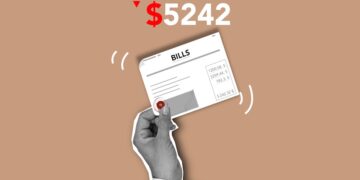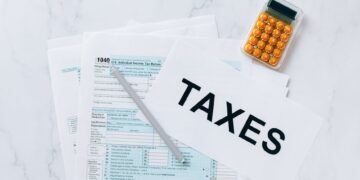Understanding Debt Relief: Your Guide to Financial Freedom
Understanding Debt Relief: Your Guide to Financial Freedom
Facing high levels of debt can be daunting, but it’s essential to remember that financial freedom is achievable with the right approach. Debt relief isn’t just about reducing what you owe; it’s about restructuring your financial obligations in a way that promotes long-term stability and health. This comprehensive guide will explore various debt relief options and offer insights into managing your finances effectively.
What is Debt Relief?
Debt relief refers to any strategy or service aimed at reducing the burden of debt. It encompasses a range of solutions tailored to suit different financial situations. Understanding the options available can lay the groundwork for recovery and financial stability.
Types of Debt Relief Solutions
- Debt Consolidation: This strategy involves combining multiple debts into a single loan, typically with a lower interest rate, making it easier to manage and pay down over time.
- Debt Settlement: This approach entails negotiating with creditors to settle a debt for less than what is owed. While it can reduce your debt load, it may also impact your credit score.
- Credit Counseling: Credit counseling services assist individuals by offering advice on managing debts and finances. They often provide budgeting help and can set up debt management plans (DMPs).
- Bankruptcy: As a last resort, filing for bankruptcy can help eliminate certain types of debt or allow for a repayment plan under court supervision. It can have serious ramifications for your credit score and financial standing.
How To Find the Right Debt Relief Option for You
Selecting the best debt relief method depends on multiple factors like the amount of debt, your income, credit score, and personal financial goals. Here’s how to choose:
- Evaluate Your Financial Situation: Start by listing all your debts, including amounts, interest rates, and creditors. Understanding your total debt picture is crucial.
- Set Clear Financial Goals: Consider what you want to achieve through debt relief. Is your goal to reduce your monthly payments, save on interest, or avoid bankruptcy? Your goals will define your strategy.
- Consult with a Financial Expert: Financial advisors or credit counselors can offer personalized advice and suggest the most appropriate debt relief solutions based on your circumstances.
- Consider the Long-Term Impacts: Some options, like debt settlement or bankruptcy, can substantially affect your credit. Weight the short-term relief against long-term financial health.
Common Questions About Debt Relief
Is debt relief bad for my credit score?
Yes and no. Some forms of debt relief, such as debt consolidation, may have minimal impact on your credit score if managed correctly. On the other hand, debt settlement and bankruptcy can lead to significant reductions in your score.
How long does debt relief take?
The time frame depends on the chosen method and your specific debts. Debt consolidation loans might be repaid over several years, whereas credit counseling services could help devise a plan to be debt-free within three to five years. Bankruptcy processes vary; Chapter 7 typically lasts several months, whereas Chapter 13 bankruptcy could extend from three to five years.
What’s the cost of debt relief?
Costs vary widely based on the type of service and provider. Debt consolidation loans come with interest charges and possible fees, while debt settlement services usually charge a percentage of the debt or a participation fee. Credit counseling agencies often offer low-cost or free services.
Steps to Take Toward Financial Freedom
Moving toward financial freedom requires commitment and discipline. Here are some steps to help you start on the path to debt relief:
- Make a Budget: Track your income and expenses to understand your spending habits and identify areas where you can cut costs.
- Prioritize Your Debts: Focus on paying off high-interest debts first or consider the snowball method—paying off smaller debts first to build momentum.
- Build an Emergency Fund: Aim to save at least three to six months’ worth of living expenses to cushion against economic shocks.
- Stay Informed: Regularly review and adjust your financial plan, stay aware of changes in your financial status, and monitor your credit report to ensure your debt relief efforts are on track.
Conclusion
Debt relief is a viable strategy for managing and overcoming financial difficulties. By understanding the different options available and carefully planning your approach, you can optimize your path towards financial freedom. Remember, every step taken to manage your debt helps to rebuild your financial foundation and leads closer to economic independence.
Utilize the tips and information provided in this article to make informed decisions about debt relief and start working towards a healthier financial future today!
Further Reading and Resources
For more information on debt relief strategies and financial management, consider visiting reputable financial websites, consulting with a financial advisor, or reading up on personal finance topics related to budgeting, saving, and investing.

























































